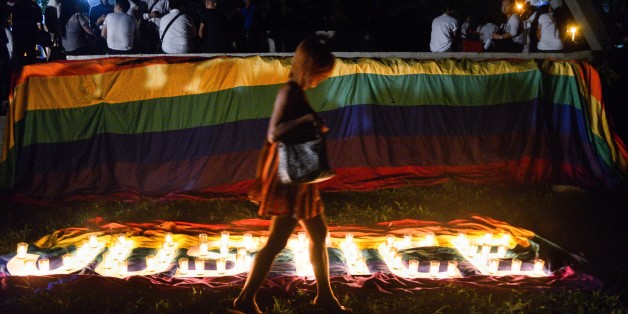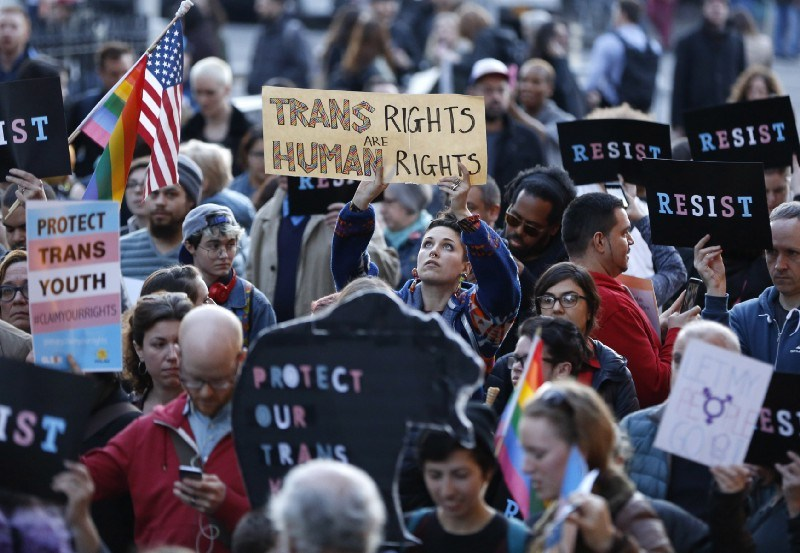
I often write about intersectionality especially in the form of its relevance within the feminist movement. Each time I compose another article with this term as the reference point I am asked to clarify in its meaning in actuality. The easiest way I can demonstrate its connotation is by pointing to differing elements of one’s identity which multiply and compound to affect one’s lived experience. Using my own personal circumstance I may experience marginalisation and discrimination due to my gender but also because of my lived identity as a woman of colour. It’s important to understand this point when considering how different women may be subjected to varying incidences of violence based on the intersection of segments of their identity. In the American and Latin American context one of the most pervasive forms of gender based violence focuses on transgender women and more specifically trans women of colour.
The transgender community often represent a segment of the population which is attributed an incredibly marginalised status. When not being openly discriminated against they are provided with an invisible standing in society in which their oppression is deliberately ignored. It’s been identified that trans women of colour are often left out of the conversation in relation to the fight against both transphobia and gender inequality. They remain on the fringes of both movements and yet are subjected to some of the highest forms of intimidation, abuse and violence as a result of the intersection of their sexual orientation, their gender and their race/ethnicity.
According to Human Rights Watch “it is clear that fatal violence disproportionately affects transgender women of colour, and that the intersections of racism, sexism, homophobia and transphobia conspire to deprive them of employment, housing, healthcare and other necessities, barriers that make them even more vulnerable”. What the evidence indicates is that transgender women experience a greater risk of death by hate-fuelled rhetoric leading to violence than any other group.
In an article composed by Trav Pittman, a writer who also happens to belong to the trans women of colour community, she attempts to get to the source of the motivation behind such targeted violence. Pittman points to the intersection of culture, gender and sexuality in terms of the Latin American context in which the pervasive presence of machismo contributes to staggering numbers of assaults and violations against trans men and women. In this environment anyone perceived to be outside of these narrow and rigid definitions of masculinity are brutalised and subjected to abhorrent levels of violence.
The aspect of predominant machismo leads into the question regarding why men target the trans population in this way. Of course there is the element that manifesting any level of femininity as ‘a male’ is highly stigmatised. However it’s also been suggested that the seemingly competing elements within a trans-woman’s lived gender and aspects of her biology challenge a man’s sense of his own sexuality, his own manhood, and the concept of manhood itself.
Whatever the motivation is the message is simple, it’s completely unacceptable. Furthermore it is the responsibility of the cis-gendered members of the gender equality and feminist movements to stand side by side our trans sisters (again not cis-ters) to end this destructive practice. We cannot continue to silence the voices of the trans community if true and holistic progress is to be made towards a more equal world.
End. – Day 13.
